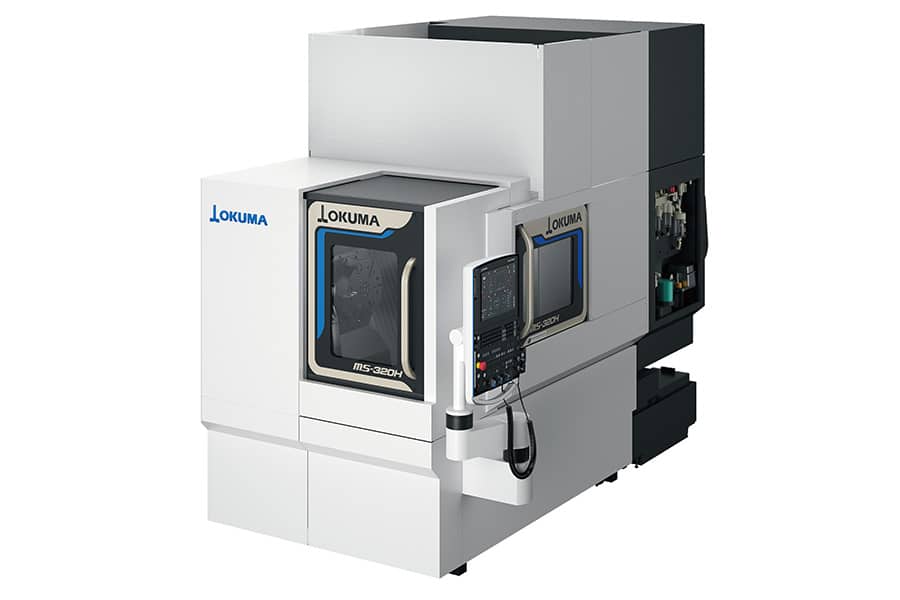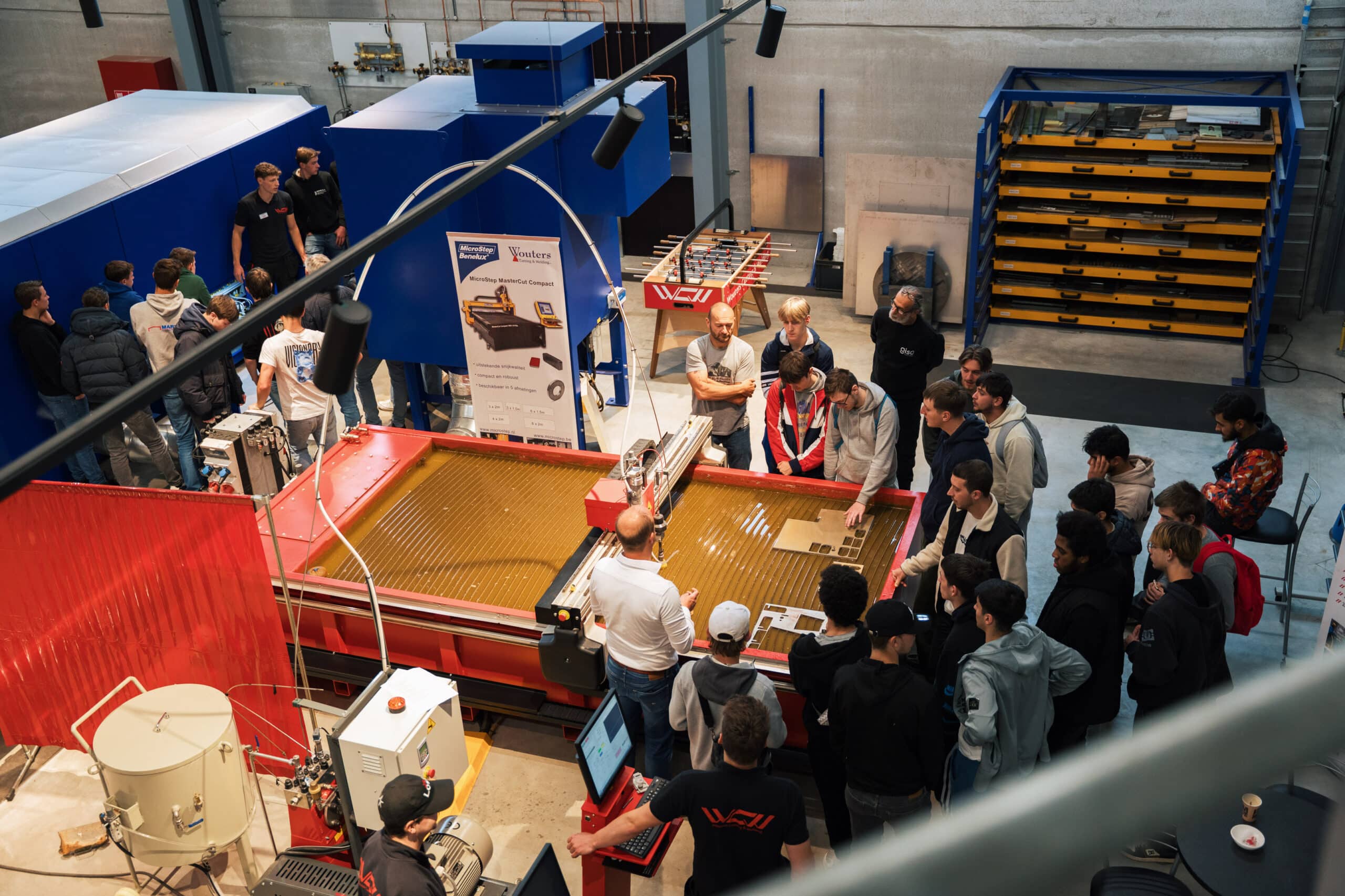
Important factors affecting machining process
Machining processes are the most common ways of making a part or workpiece by removing excess material from a block of material. The quality of the workpiece depends on the stability of the process. Several factors affect the stability and precision of the milling process. In this article on machining dynamics, we focus on these factors.
Mechanical parts that require high accuracy of a few microns are increasingly in demand in various industries such as aerospace, electronics, optics, communications... Although there are several advanced high-precision machines on the market today, a thorough understanding of the complex relationship between machine, process, tool and material is indispensable for implementing high-precision manufacturing. This understanding is also fundamental to maintaining control over surface quality, and coping with the geometric complexity of these workpieces. The figure below illustrates the factors that drive the dynamics of machining
affect process.
Rigidity and kinematics of the machine
The rigidity and stability of the milling machine affect its ability to make accurate movements during the milling process. A machine that is not stiff enough may experience unwanted vibration, leading to inaccurate cuts and reduced precision. Stability is also affected by the kinematics of the machine tool, such as how spindle movements are achieved. For example, a fixed spindle axis may be more stable than a spindle with two axis movements.
Cutting Tools
The quality and condition of the cutting tools used in the milling process also plays an important role in determining stability and precision. Worn or damaged tools can cause variations in cutting forces, leading to poor surface finish and dimensional accuracy.

Cutting parameters
Cutting speed, feed rate and depth of cut are important parameters that affect stability and precision in milling. High cutting and feed rates can lead to excessive tool wear, while low cutting and feed rates can lead to poor surface finish and longer machining times.
Workpiece material
The type of material being machined also affects milling stability and accuracy. Some materials, such as hardened steel or titanium, are more difficult to machine and require higher cutting forces and greater machine stability to achieve the desired precision.
Clamping and clamping of the workpiece
Proper attachment of the workpiece to the milling machine is essential for maintaining stability and precision during the machining process. Poorly designed or installed fixtures can cause the workpiece to move or vibrate during milling, leading to inaccurate cutting processes and reduced accuracy.
Ensuring quality
To achieve stability and precision in milling, all of these factors and their interactions must be carefully considered. Skilled operators and careful planning can help ensure the highest level of accuracy and quality in milling. ■
Online platform 'Model-based working'
On the online platform "Model-based Machining," you can simulate all the cutting forces for your processes. You also have access to models, such as an economic milling model, and can use them to optimize your machining processes. Access to the platform is free, but you must register. You will also find the necessary explanations on how to work with the models on the platform, but be sure to keep an eye on the Sirris calendar, as there will be both physical and online events organized, such as webinars and workshops. The online platform is part of the COOCK project "Model-based editing," which was launched with support from VLAIO.



